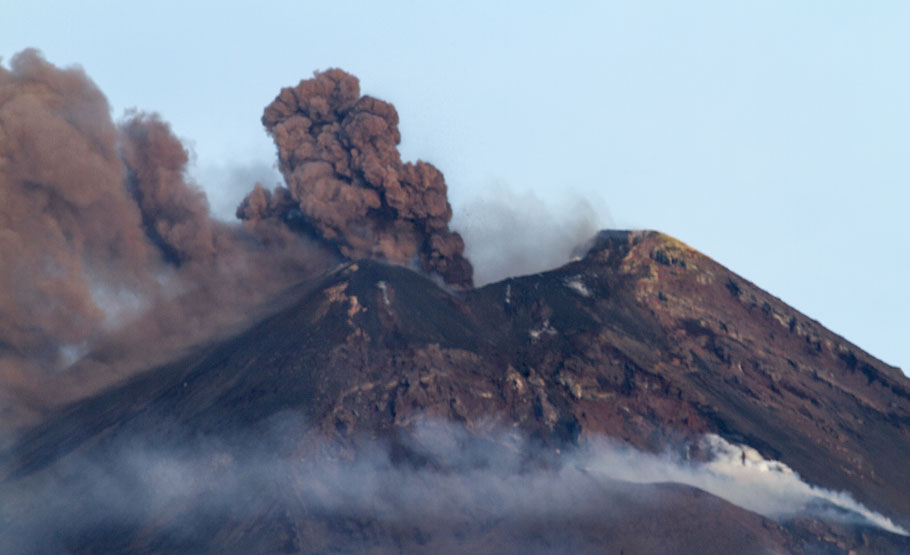
Major explosive eruptions are infrequent, even in countries like Indonesia that are well populated by active volcanoes, yet their ash falls can impact on many thousands of people living in their vicinity and occasionally much further afield. Mount St. Helens, in the US, spurred a revolution in risk reduction measures in volcanic crises when it erupted in 1980, leaving its ash covering central Washington State. From that iconic disaster, we learned that massive clouds of fine ash mobilized from ash deposits by wind and traffic will severely limit visibility and disrupt all forms of transport for days in the absence of rainfall, and expose whole populations to dramatically high concentrations of an inhalable mixture of very fine and coarse ash particles in the air. Invariably, such high exposures continuing over weeks or even months, 24 hours a day, after explosive eruptions, not only interfere with every aspect of indoor and outdoor living, but raise major anxieties concerning the harm to health from breathing the contaminated air over such prolonged periods.
Wholesale removal of ash deposits is essential to reduce exposure in these crises if only to allow normal life to resume, and the huge task will involve the whole community as well as municipal workers and their equipment. Exceptionally high exposures to airborne ash over weeks, and even months, are inevitable and individual wearing of respiratory protection will be needed to protect families and outdoor workers as a top priority.
Prior to the urgent investigations at the Mount St. Helens emergency, natural mineral particles like volcanic ash were thought to be inert. But the finding that 90% of the ash particles were less than 10 µm in diameter, enabling them to be inhaled into the upper and lower airways, created alarm over the potential to exacerbate pre-existing lung disorders such as asthma and bronchitis and to harm sufferers with chronic lung disease. The concerns bordered on panic when the mineral crystalline silica, the cause of the occupational disease silicosis, was found to be present with implications for the risk of exposure to children and adults in the community. In the eruption of the Soufrière Hills volcano, on the island of Montserrat, which began in 1995 and lasted over ten years with intermittent ash falls, the concentration of the mineral was high enough to be a factor in decision making on whether or not to evacuate the island community.
Globally, childhood mortality from pneumonia is elevated in many low-income countries and grossly raised exposures to airborne ash may add to the acute risk. Inhaling mineral dusts containing crystalline silica may worsen the prognosis in pulmonary tuberculosis. Within the last few years, scientific opinion has veered towards attributing the adverse health effects of PM2.5 in traffic-related air pollution to all forms of PM2.5, regardless of its source. Epidemiological studies on ash emissions are too few to know if this applies to volcanic ash, but it will serve to add to public anxiety in a crisis.
For almost two decades the IVHHN (International Volcanic Health Hazard Network) website has been a worldwide resource keeping us updated on the latest research on volcanic ash and the health mitigation measures that are available. This Supplement is a summary of the first international study to evaluate different masks and other face coverings in filtering out fine ash particles, together with findings on their wearability and acceptability in different cultural settings. Accompanying educational materials published by IVHHN include leaflets available in several languages showing how to fit a facemask and advice on the gamut of measures to protect against exposure to volcanic ash and not to rely on mask wearing alone.
Finding the right respiratory protection has risen to public prominence in other health crises stretching from wildfires in California to forest burning in Indonesia, not to mention the COVID pandemic. This project could not be more timely.
Peter J. Baxter MD, Cambridge Institute of Public Health. University of Cambridge, UK.

